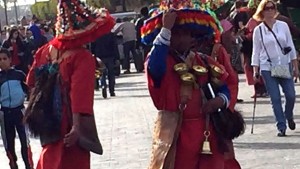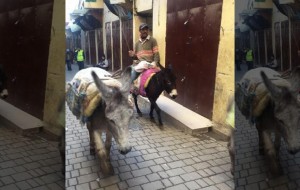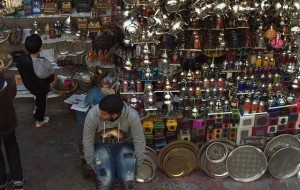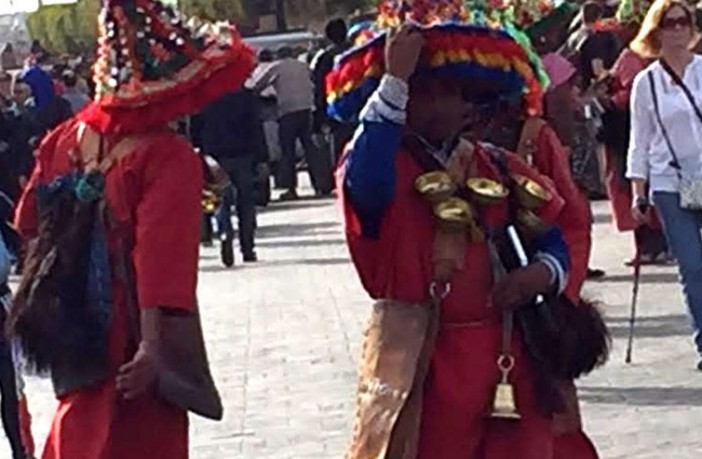Fox News
By Ruth Ravve

Trek high up into the Atlas Mountains, deep inside Morocco, and it’s like stepping back to a simpler time, one without computers and cellphones, a place where people live as their forefathers did many years ago.
ADVERTISEMENT
Berbers have lived in this part of North Africa for generations, riding donkeys, making bread, growing almonds, olives and figs as goats and monkeys wander fearlessly around the brush.
It’s a way of life in Morocco that is vastly different from the one that exists in the country’s big modern cities, like Casablanca, where the streets are teeming with pedestrians, where cars and motor scooters spew exhaust fumes, where satellite dishes jut out from rooftops and Starbucks, McDonalds and KFC franchises line the main street downtown.
Morocco, which meets both the Atlantic Ocean and the Mediterranean Sea, has one foot in an ancient Arabian culture and another in the modern Western world.
Even in the cities, there’s bit of the old and new. High-rise apartment buildings stand next to Gothic walled plazas filled with souks, soothsayers and snake charmers.
But this exotic land is best known for its maze-like, medieval medinas, where you can haggle for everything from meats, spices and sweets to clothing, shoes, jewelry and handicrafts.
Deep within the winding old streets are traditional, mosaic-tiled Riads, small, luxurious and ornate palaces where guests can rent large rooms and experience the way wealthy Moroccans lived.
Arabic and French are the common languages, and there are more than 300 Berber dialects. But “Lately, more people want to know English, so they can find good jobs,” said shop owner Saheed Mustifi.
Many of those “good jobs” are in tourism, because 10 million people visit Morocco each year.
“They come for the carpets and for the leather,” said Ahmed Saadi, a salesman in one of two tanneries in the city of Fes.
The tanneries, which employ hundreds of people, were built by Moroccan Jews in the 11th century, and the tanning process has barely changed since, said salesman Abdul al alhal.
“We sell maybe a couple hundred thousand pieces a year” he said proudly.
The Moroccan government, a parliamentary constitutional monarchy, has turned the tanneries, some carpet stores and ceramic factories into co-ops, where employees get to share in the profits.
King Mohammed VI’s picture seems to hang in nearly every restaurant. “It’s not a requirement,” said Ahmed Fazoul, who sells spices from his souk in the Marrakech Medina. “The people love this king, so they put up his picture”
Morocco has a population of 33 million from 45 tribes – “85 percent Berber, 10 percent Arab and 5 percent Jewish,” said Kamal Elotmani, a tour guide. “But the Arabs control the government, and that’s why most people are Muslim.
“For a long time, only one or two Berber people were allowed in parliament, but since King Mohammed VI took over, half of parliament is Berber,” he said.
“We have seen a lot of reform since he has been King,” said Anwar Regragui, a manager at a Western café in Fes called the Café Clock. “We have a lot more freedom now, and we can say what we want.”
“There are conservative Muslims here, but nobody has a problem living among Jews and Christians and anyone else.” He said. “We all live and work together. We’re Berbers and we’re peaceful people,” Abdelhak Tazi said.
“We all get along and we treat everyone here like family, no matter what religion. The whole world should be this way.”
Ruth Ravve joined the Fox News Channel (FNC) in 1996 and currently serves as a Chicago-based producer.









